The richness of life in prairies can be astounding, even at a small scale. As a prairie ecologist, I see that every day as I wander through them with my camera or clipboard, but it can be hard to portray that to a skeptical public.
Photography has been a crucial tool in my crusade, giving me the opportunity to introduce people to the plants and animals that inhabit what so many people consider “boring grassy areas”.
In 2018, I undertook a new project to celebrate the diversity and beauty of prairies. It was a way of doubling down on my frequent assertions that you can find an astounding number of species in prairies if you just take the time to look for them.
To prove the point, I went to a small restored prairie near my Nebraska house and then chose a much smaller portion of it – a 1×1 meter square – and pledged to photograph everything I could within that diminutive fragment over the course of a year.
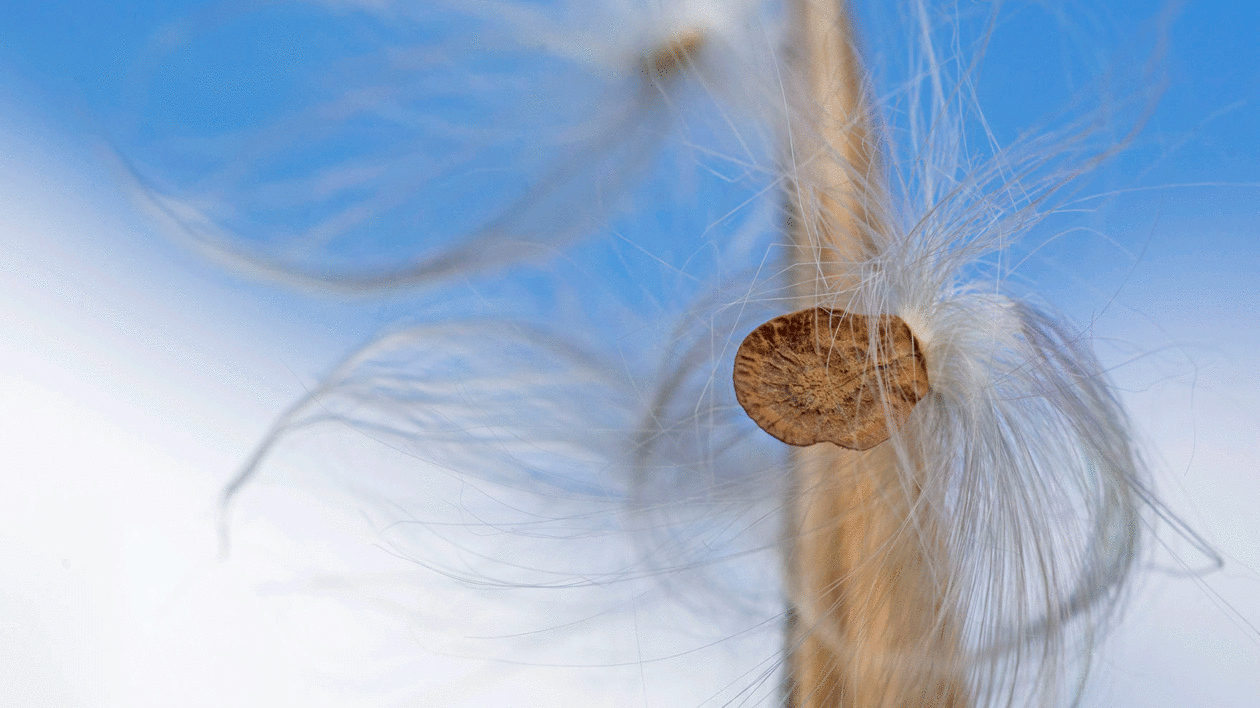
I began in late January, 2018. As of today, I’ve photographed 113 different species of plants and animals inside that little patch – not counting others that flew, scurried, or hopped away before I could snap their picture. I’ve made nearly 50 trips across town to my plot and have yet to come away disappointed. During the field season, nearly every visit yielded at least one new species.
Clearly, most of the species I photographed within my plot didn’t spend their entire lives within that tiny area.
The diversity I found was dependent upon the surrounding prairie, though even that larger prairie is only a few acres in size and fragmented by several patches of trees. The prairie is also fairly new – planted by Prairie Plains Resource Institute in the early 1980’s.
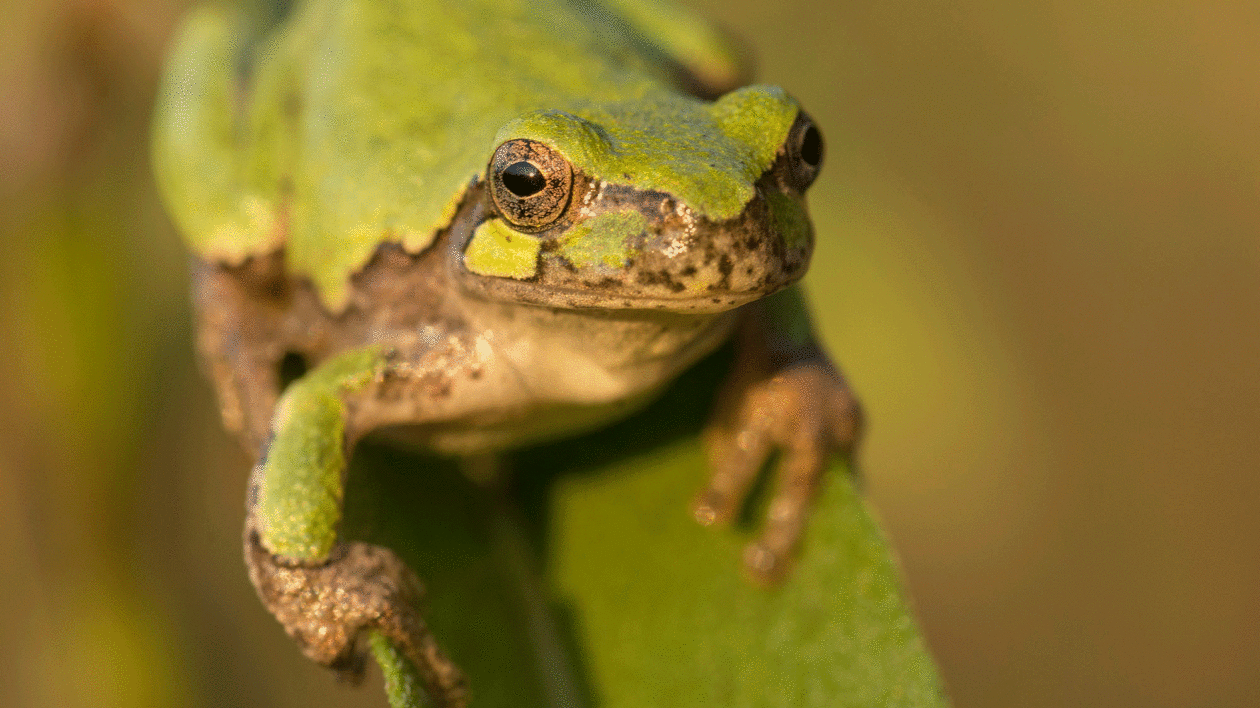
Many people might be surprised to find 113 plant and animal species within a small unassuming prairie nestled between a suburban neighborhood and a corn field, let along within a single square meter of it. That is pretty much the crux of the project.
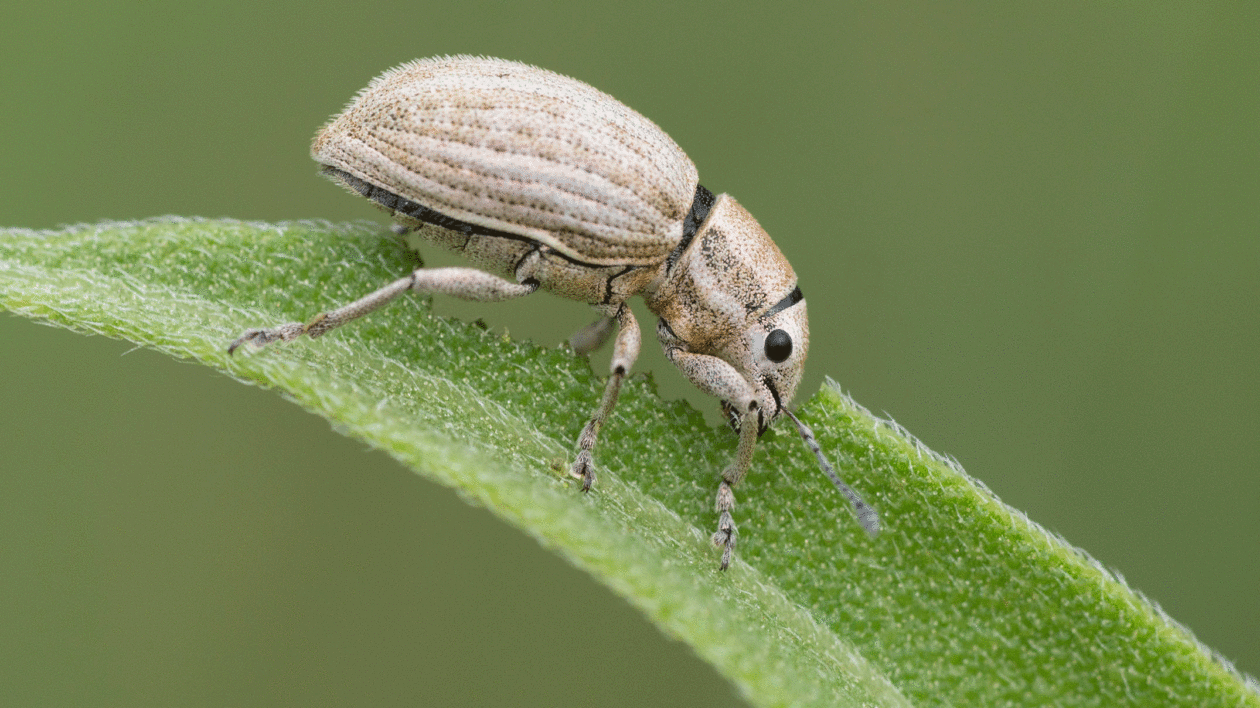
Among the eighteen beetle species is bright red one that, like monarch caterpillars, feeds exclusively on milkweed plants. Another decapitates sunflowers so it can lay eggs inside the exposed stem.
The seven spider species I found within the plot represent a range of hunting strategies, including some that catch food in webs, but also some that stalk and/or ambush their prey.
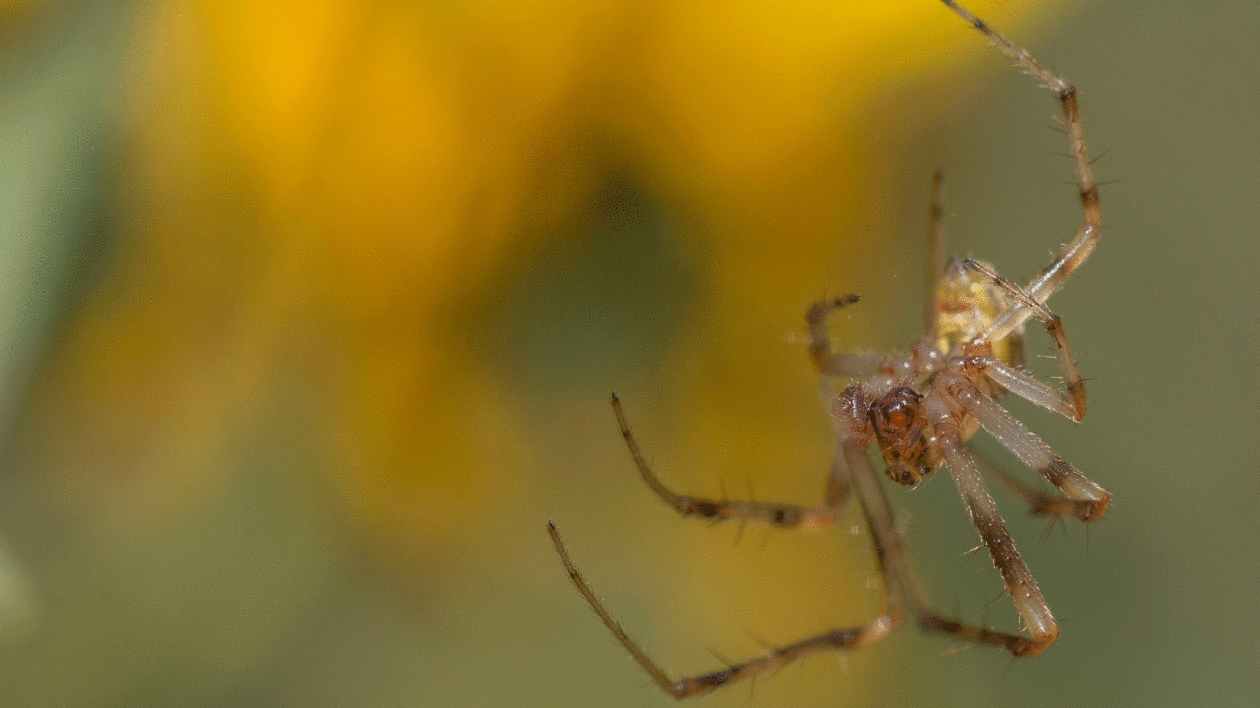
I was thrilled to photograph two different monarch butterflies inside the plot, the more so because of their current population declines.
However, I was equally excited by the sunflower stem that looked like a miniscule woodpecker had drilled a hole into it – clear evidence of a stem borer moth caterpillar at work.
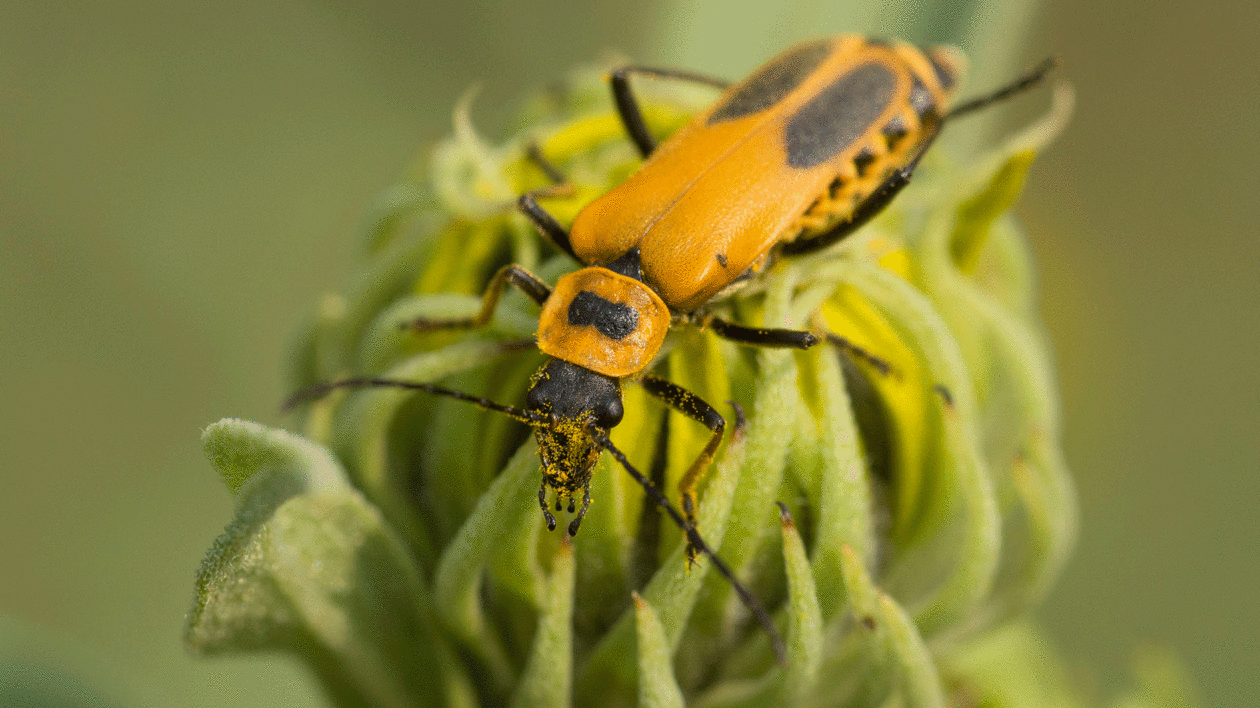
The most diverse group of insects found in my square meter was the flies. There were twenty one different kinds of flies, including some that resemble the familiar house fly, but others that few people would recognize as flies.
For example, a bee-mimicking hover fly was a common visitor throughout much of the season. I also photographed a crane fly that looks like a massive mosquito and a gall midge with an ovipositor (tubular egg-laying organ) as long as its body.
My favorite of the flies, though, was Delphinia picta, a gorgeous picture-winged fly that looks like it’s wearing a gas mask, feeds on rotting vegetation, and blows bubbles as part of its courtship behavior.

Despite the impressive diversity of organisms I found, this project was about much more than biological inventory. I found myself inspired to photograph tiny feathery anthers on the flowers of grasses, an exquisite network of veins in a backlit leaf, and gracefully drooping petals of flowers as they wilted.
Because I confined my exploration to such a limited geography, I looked at the prairie in new ways. Eschewing my typical photography approach of roaming broadly across prairies, looking for something of interest, I instead sat down and examined my plot inch by inch for appealing subject matter. I always found it. I hope others will find it among my photographs.
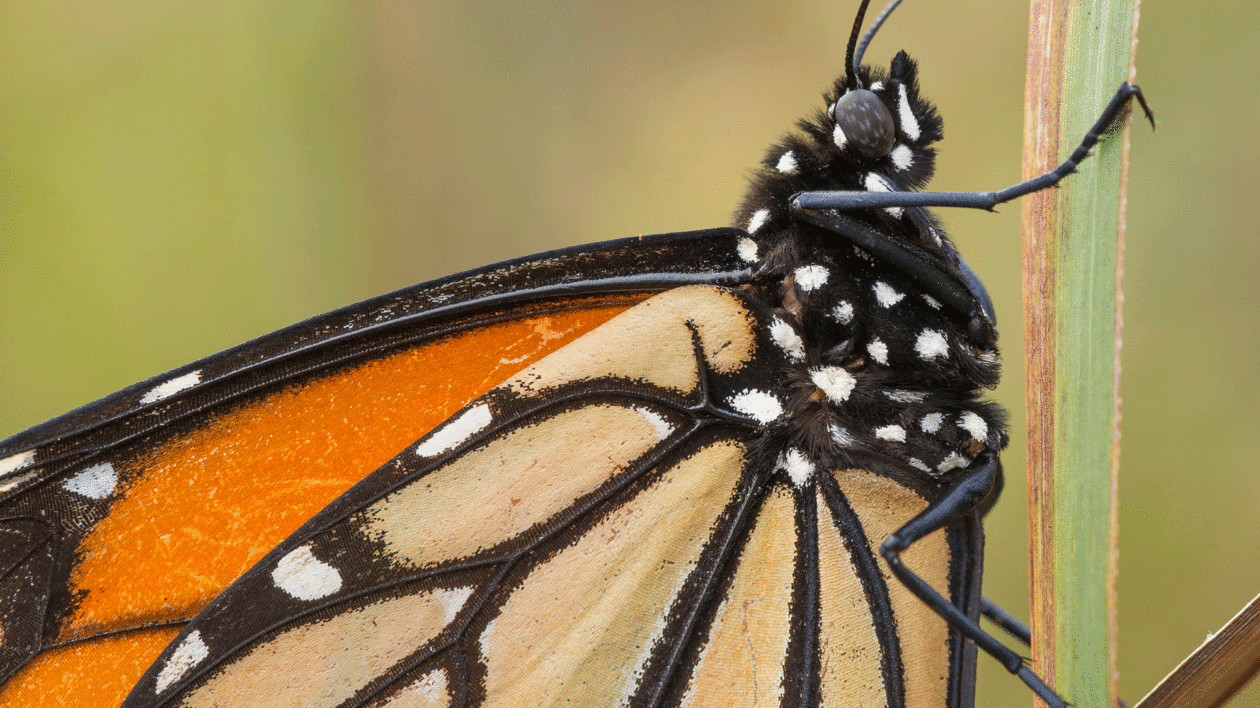
It would be great if thousands of people were sufficiently moved by my project to go explore the nearest prairie. It would be great, but I’m not counting on it. Instead, I’d be thrilled if people took a moment, looked through some of my photos, and thought to themselves, “huh, I had no idea there was so much going on in prairies!”
Just as it’s easier to empathize with people in far-off places after you’ve met a few of them, seeing some of what lives in prairies makes those prairies harder to dismiss as “boring grassy areas.” I love prairies and want to see them conserved. Showing others what I love is an important step in that process.
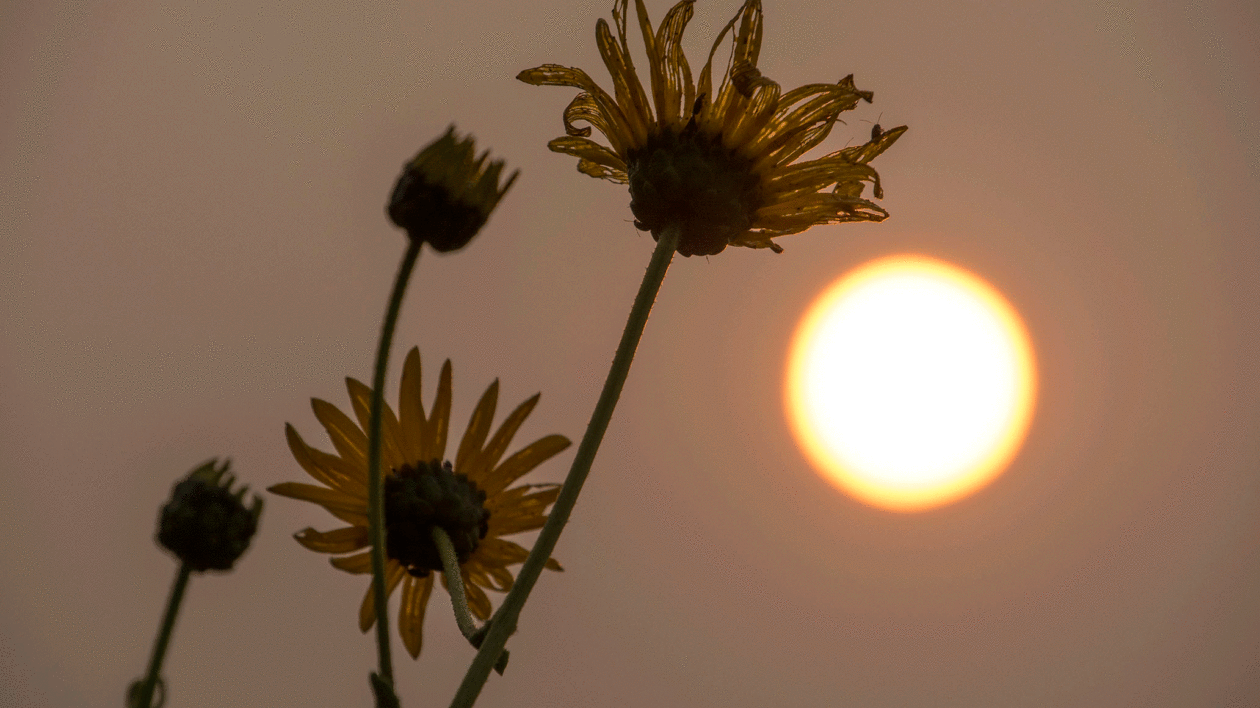
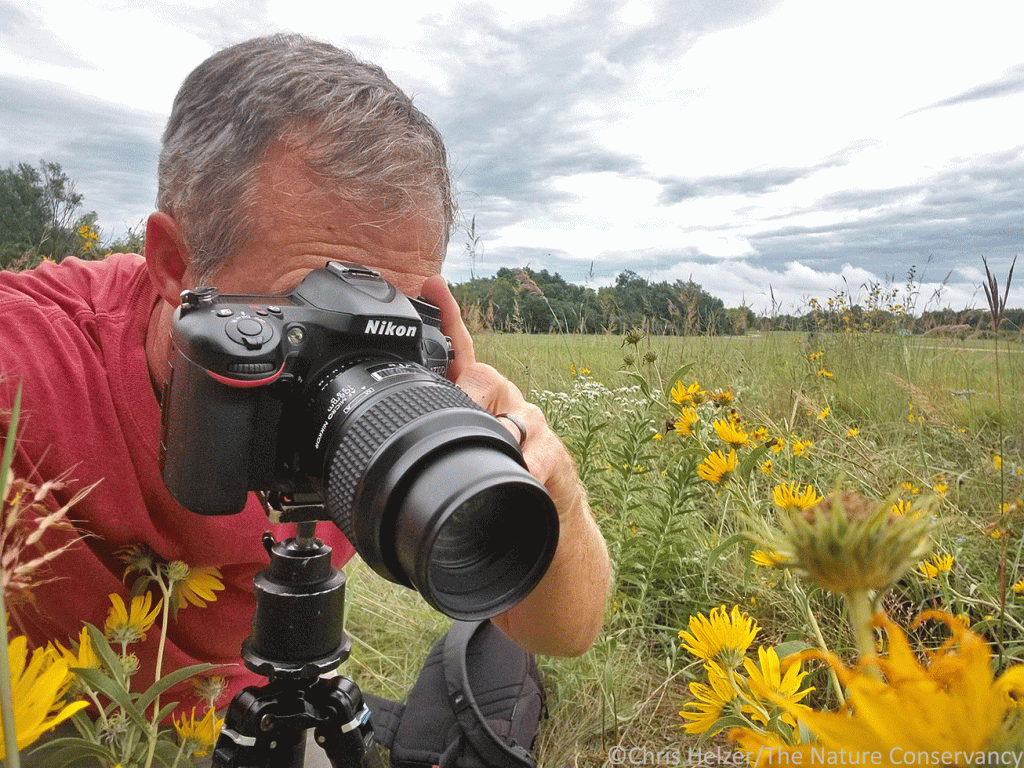



This is wonderful. I appreciate the difference between looking for something interesting and looking- then being interested!❤️
we lived for decades about 40 miles form Prairie State park in southwest Missouri. my husband and I spent many days and evenings and early mornings there. the park had a herd of bison that were free roaming, at least within the 7,000 acre conservation area. pumpkin colored bison calves were one thing we looked forward to each spring. The Indian Paintbrush flowering was my favorite reason for a trip there. wildflower hikes and just deciding to drive there and walk around was glorious. when I taught elementary grades we took a field trip each spring. never were the children disappointed. we have moved to a different state now and though there are no prairies we are finding new, seasonal features to look forward to and enjoy.
Diane Parker – Farmington, Maine
Your photos are lovely! So much goes on if only you stop and observe. Close to 50 years ago in Girl Scouts, I learned another way to look closely at nature, to slow down & appreciate the details : The 100 inch hike.
All you need is 110 inches of string, 2 twigs or pencils (even 2 shoes), an area that isn’t paved and one or more budding Naturalists that are willing to lay down on their tummies to look closely. Oh, and a careful survey of the area first to move any examples of squishy or smelly decomposing nature from the tummy areas! *G* Suburban mowed grass lawns are the last choice, as they contain the fewest examples of interesting nature. Wild meadows or woods are great, swamps are too, but you have to wade and use floats as start & end points.
Once you stretch out your string and anchor the ends by tying them to twigs/pencils shoved into the ground (or to the shoes), then you start at one end and caterpillar crawl (or kneel) along the line, observing & recording what you see. Using your cell phone doesn’t count! You’ll be surprised what you find on close-up inspection, so many things that you’d miss just walking through the area. Just as you found more in a 1 meter plot that you’d missed when hiking through the whole prairie.
What type of lens is being used? In the top/lead picture to begin with.
Thank you for your fabulous photographs and blog! I have considered doing this for several years, though not in a prairie setting – I plan on doing something similar in measured section of my backyard. Thank you for the inspiration!!
Thanks so much for the interesting article and photos! The time and effort you put into this is sincerely appreciated!
Yard by yard we can make a positive difference to restore native habitat and ecosystems. This can be done in an attractive design that meets local zoning standards, reduces the use of our precious water and does not require the use of chemicals. Open areas, with out shrubs and gardens, can benefit by the use of No-Mow native grasses that grow eight inches high or less, and native ground covers. These are good for establishing healthy soils and reducing labor. Traditional lawns can be limited to paths among the landscape and areas for activities such croquet and entertaining around the picnic table.
Hopefully, if enough of us can change our mindset and learn how to garden in a sustainable manner we will be able to save our butterflies, fireflies, bees, and the insects that all birds need to feed their young.
One of the major challenges is helping people learn about the importance of insects, and how to deal and cope with them without using chemicals. One of the benefits of a native landscape is to observe
the diversity of the living creatures through out the seasons. These landscapes provide the food, water, and shelter needed.
Very interesting and informative.
Great project, photos, and explanation, Chris!